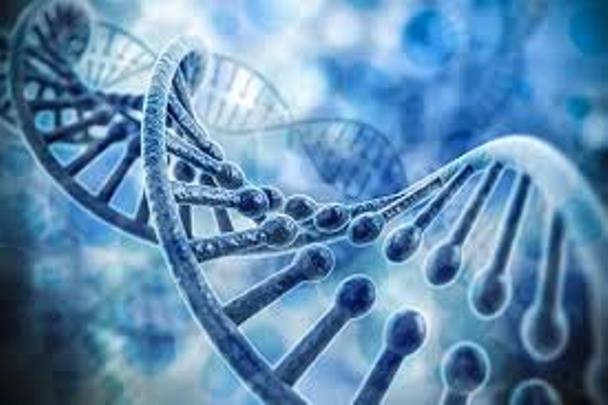Usually, after several failures in vitro fertilization processes or abortions, some unconventional tests begin to try to find some cause unknown until now. One of the tests is MTHFR 677 Gene Mutation. The positive result for this mutation is not uncommon in the population, leading to many questions.
This is a complex medical issue, but I will try to explain it simply from a layman’s point of view. The most frequent mutations of this gene are C677T and A1298C. It is possible to have them as homozygous or heterozygous and may be a combination of both or only one of them. The most damaging scenario is the presence of heterozygotes for both mutations 667/1298.
Following this, one of them in homozygosity (eg 667/667 or 1298/1298) can also bring some losses. And the situation of least impact is the presence of only one in heterozygous (ex: 677 / absence or 1298 / absence).
This mutation found in the mothers is related to the increase in the incidence of Down’s syndrome in the children, especially in the 1st frame in which there is a presence of both mutations 667/1298. Therefore, it is recommended especially for the woman with this mutation the use of folic acid from 3 months before pregnancy until at least 3 months of gestation. It is possible to do the blood dosage of folic acid and other vitamins from the B complex (B6 and B12) to know if they are at the expected level, however, in any case, the woman should take folic acid as a precaution.
Another disadvantage is the possible increase in homocysteine. This is related to cardiovascular diseases and thrombophilia and poor gestational outcomes (repeat abortion, fetal death, and preeclampsia). However, this mutation as a thrombophilia factor is considered one of the least impact factors. There is no consensus on how to use this case. Some experts of best MTHFR website believe that it is enough for a woman to be an MTHFR mutation in any circumstance to be considered a thrombophilia and therefore require the use of anticoagulants in pregnancy.
Others routinely only perform the homocysteine test (without performing the mutation search), and once the homocysteine is found to change, indicate the anticoagulant. Others carry out the test mutations and only indicate the anticoagulants in the 2 frames initially explained, 677/1298 or in homozygous of one of the mutations, not indicating to the patients who have the heterozygous mutation alone.
For those carriers with only one heterozygous mutation, but who already have some thrombotic event, the doctor will probably also indicate the anticoagulant. Similarly, women who have had abortions or poor gestational outcomes without a genetic cause with suspected thrombophilia as the cause probably should receive this prescription from most physicians. The use of the anticoagulant is usually done with a follow-up of the blood count and platelets. In addition, the woman usually makes use of vitamin B complex.
How to test for the MTHFR
A mutation in the MTHFR (methylenetetrahydrofolate reductase) gene is considered a cause of hyperhomocysteinemia, a risk factor for stroke, stillbirth and recurrent pregnancy loss. A decrease in MTHFR activity due to mutations leads to a decrease in homocysteine metabolism. For best MTHFR test, you must pass a DNA test. Things you need 5 ml of EDTA blood (top of lavender) tube.
Instructions
- See a doctor. Express your concern and provide a family history of hyperhomocysteinemia.
- Sign up for the blood work. Laboratories will be processing a PCR assay for C677T and mutations of A1298C in the MTHFR gene.
- Receive and review the results with your doctor. Express DNA tests may be available for a price at the processing laboratory. DNA tests can take up to six weeks to reach your doctor’s office.

